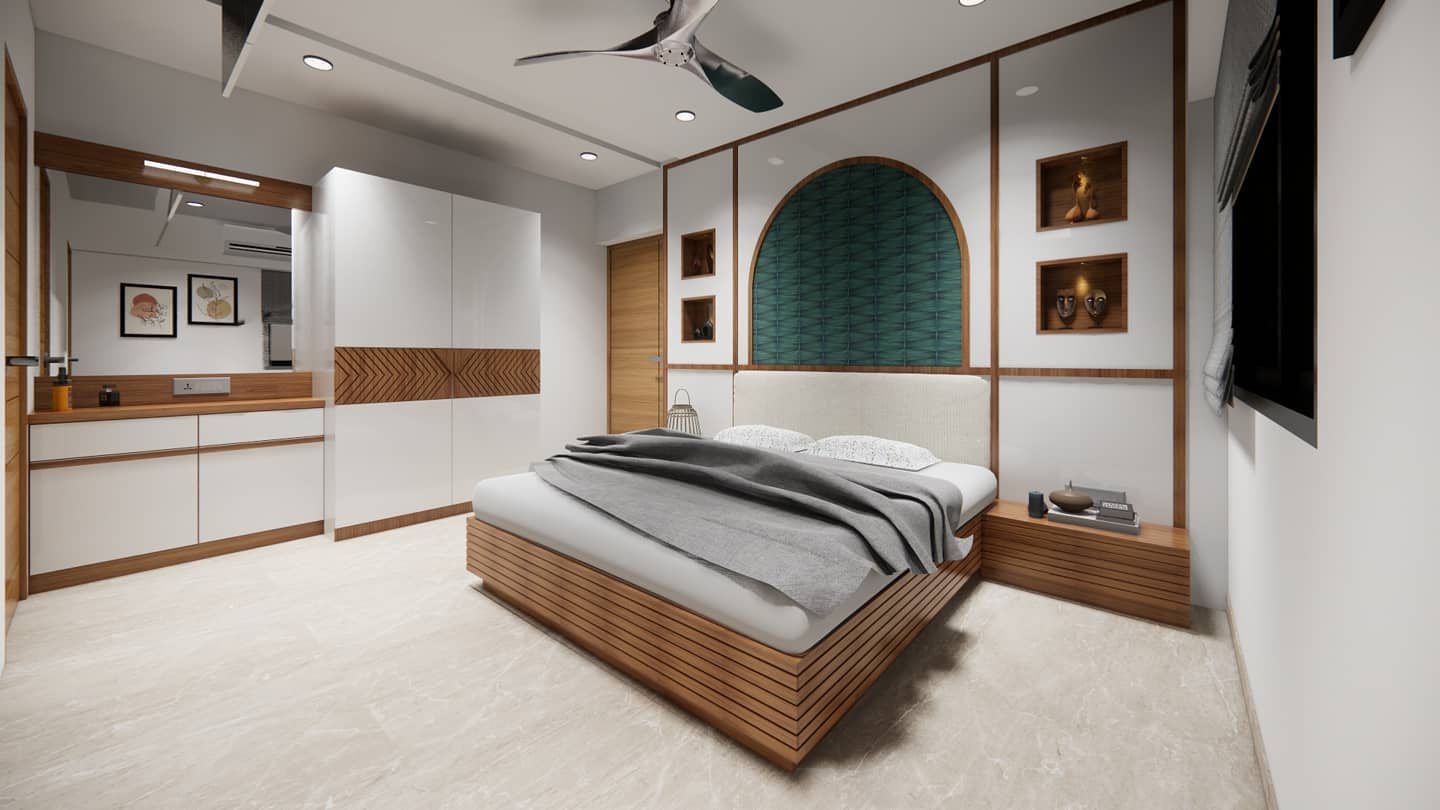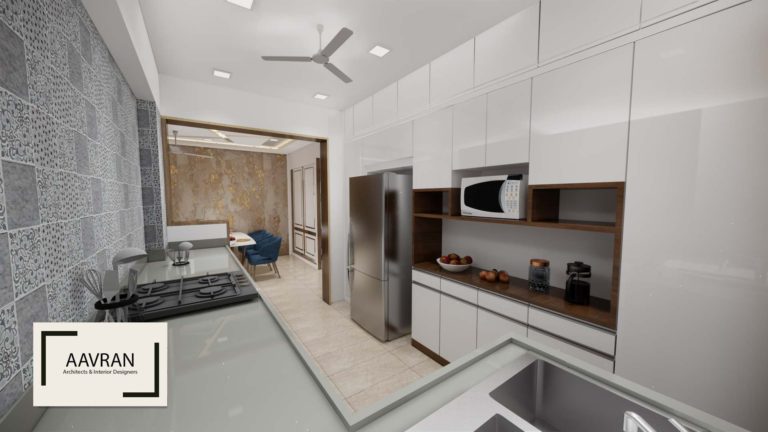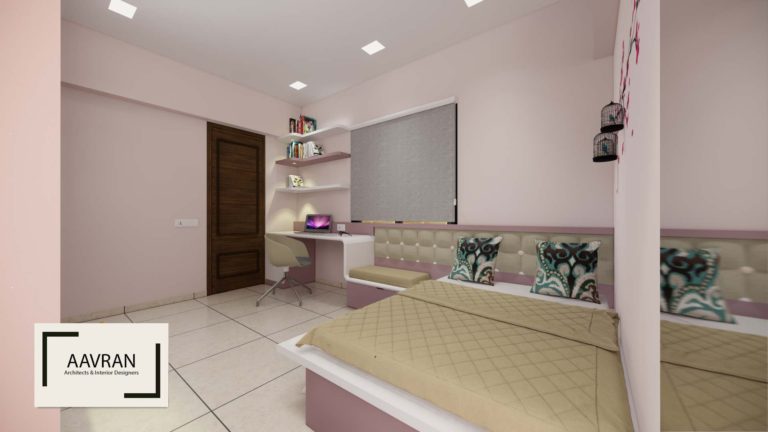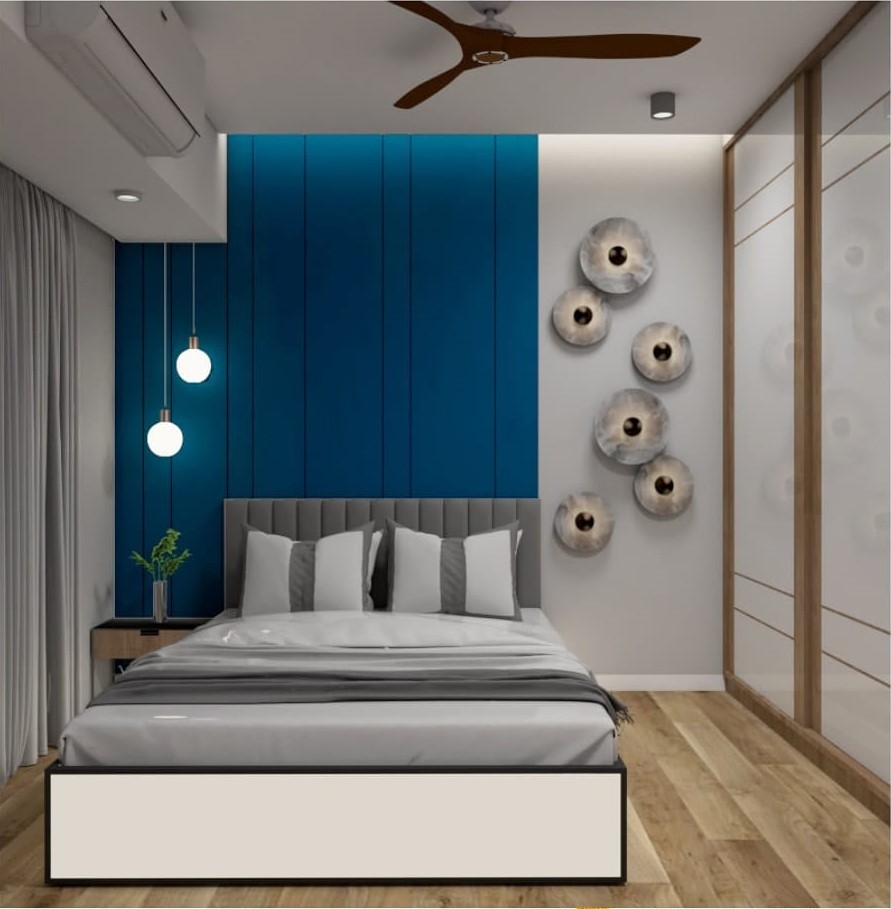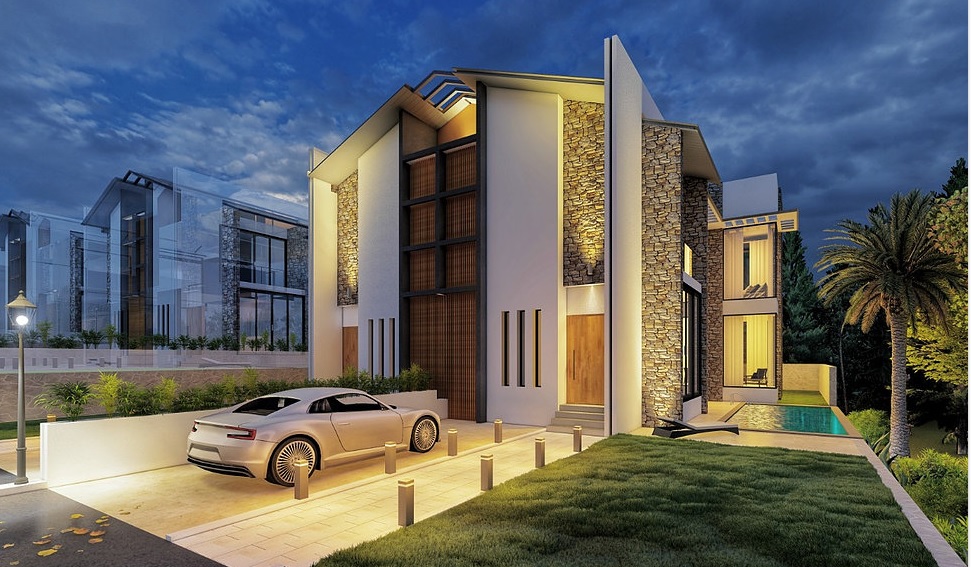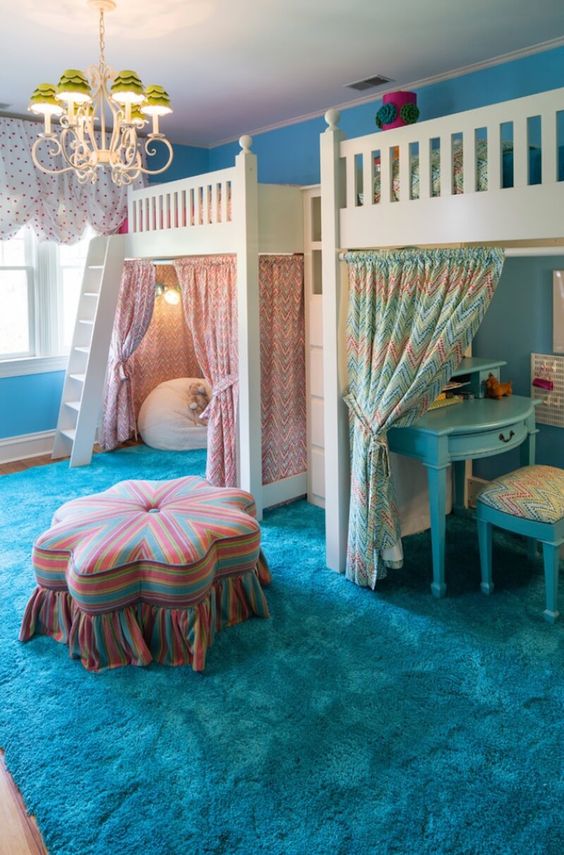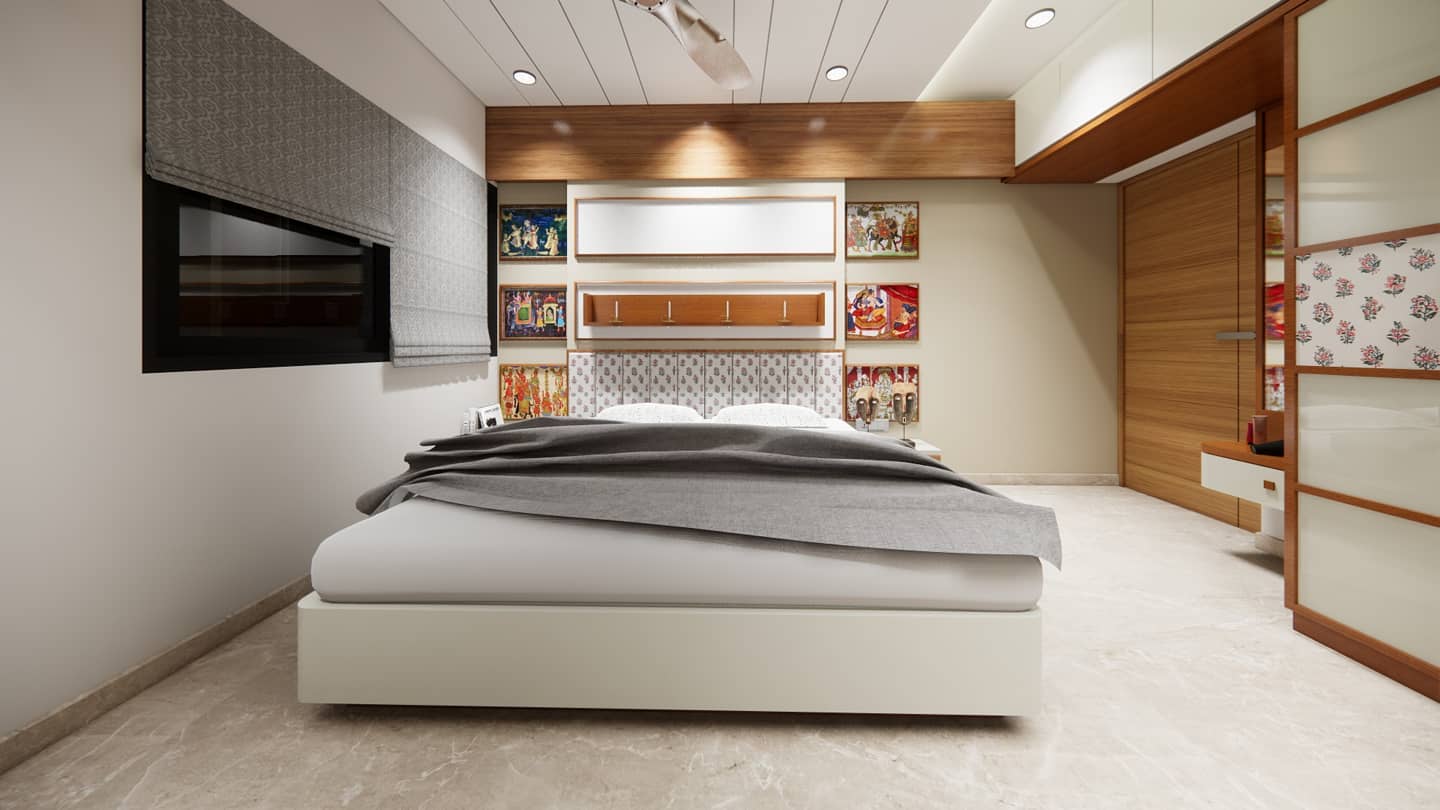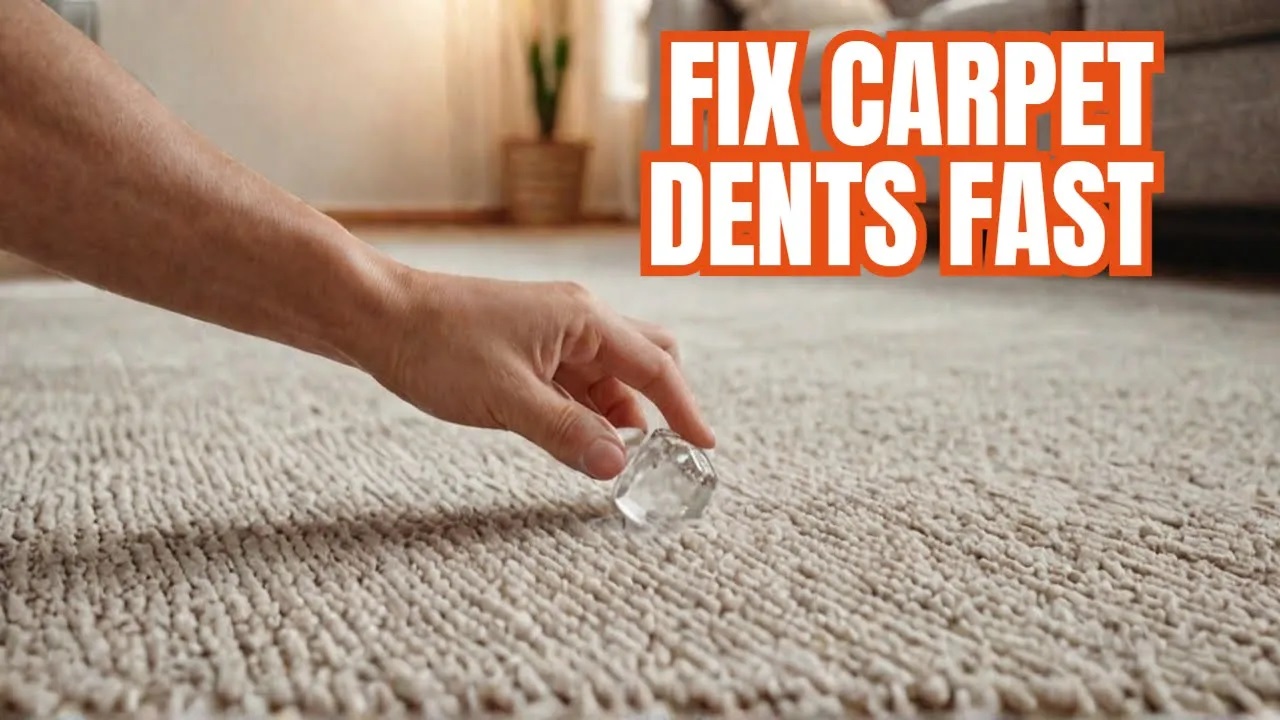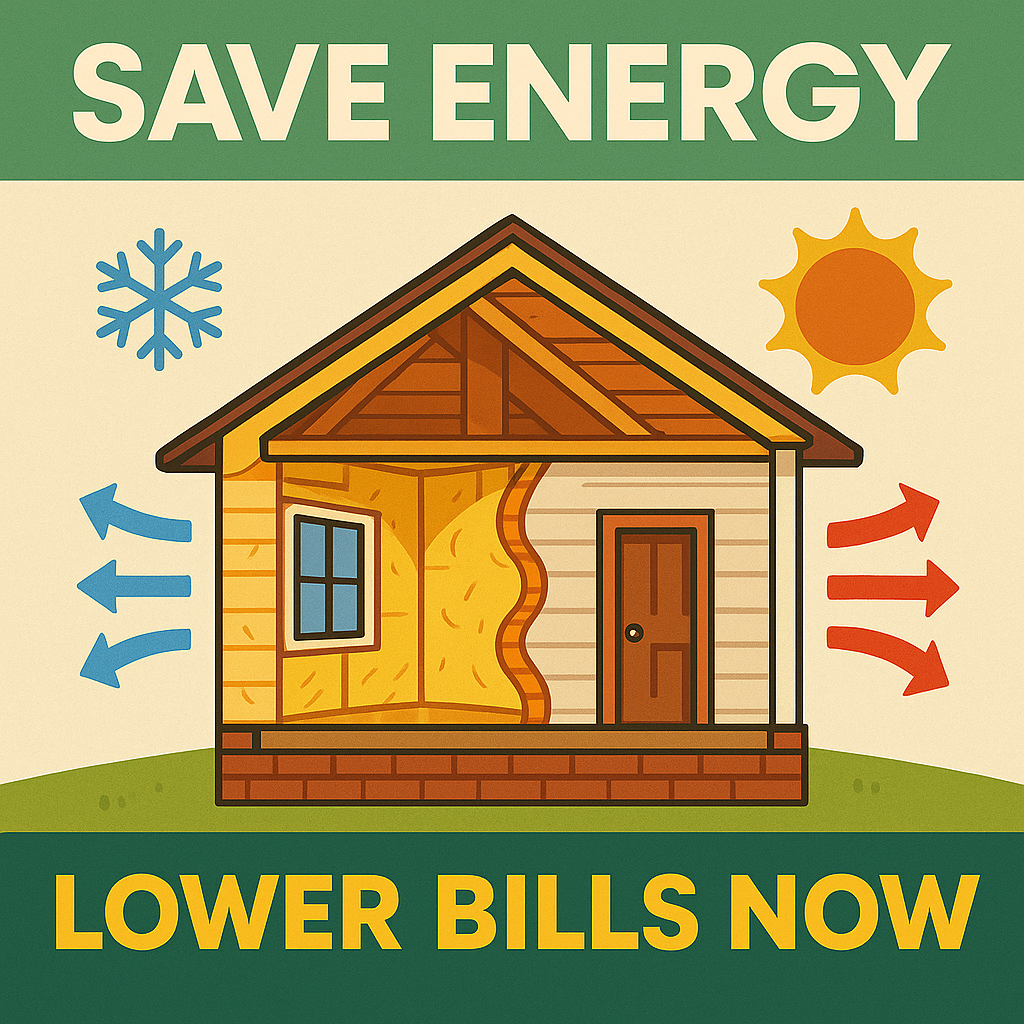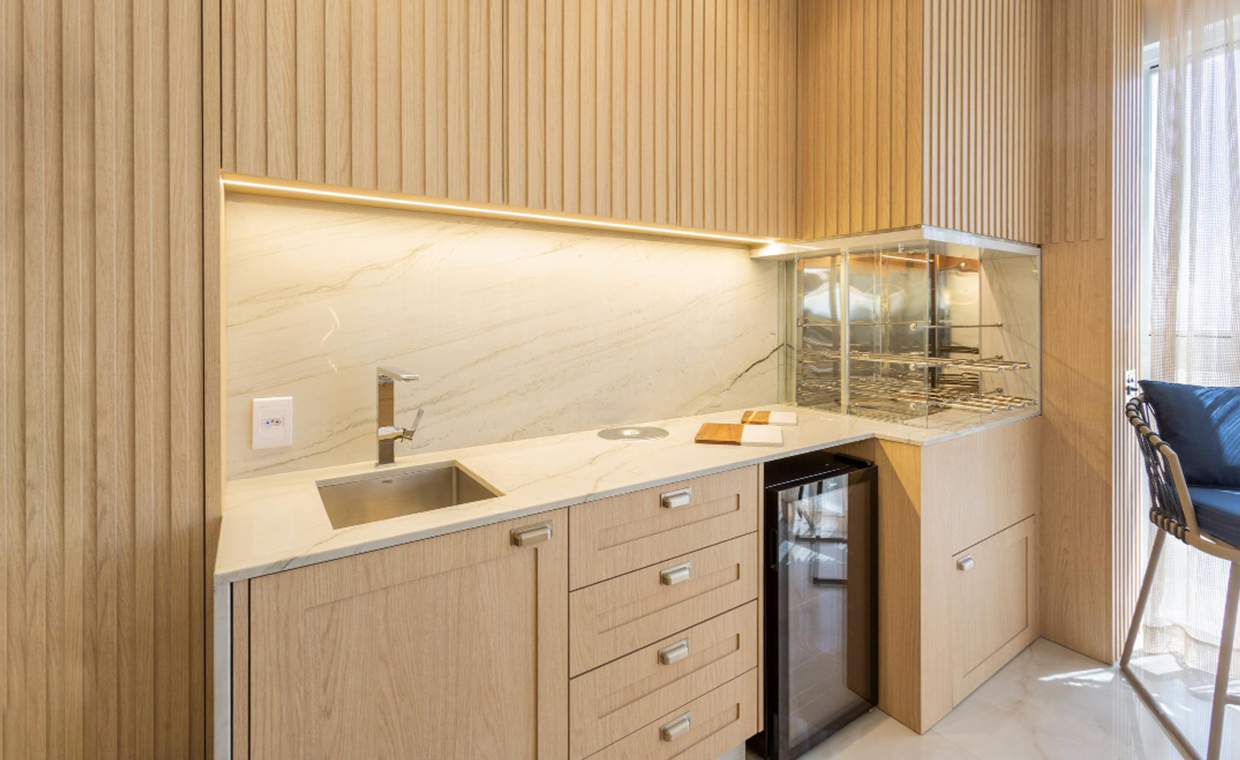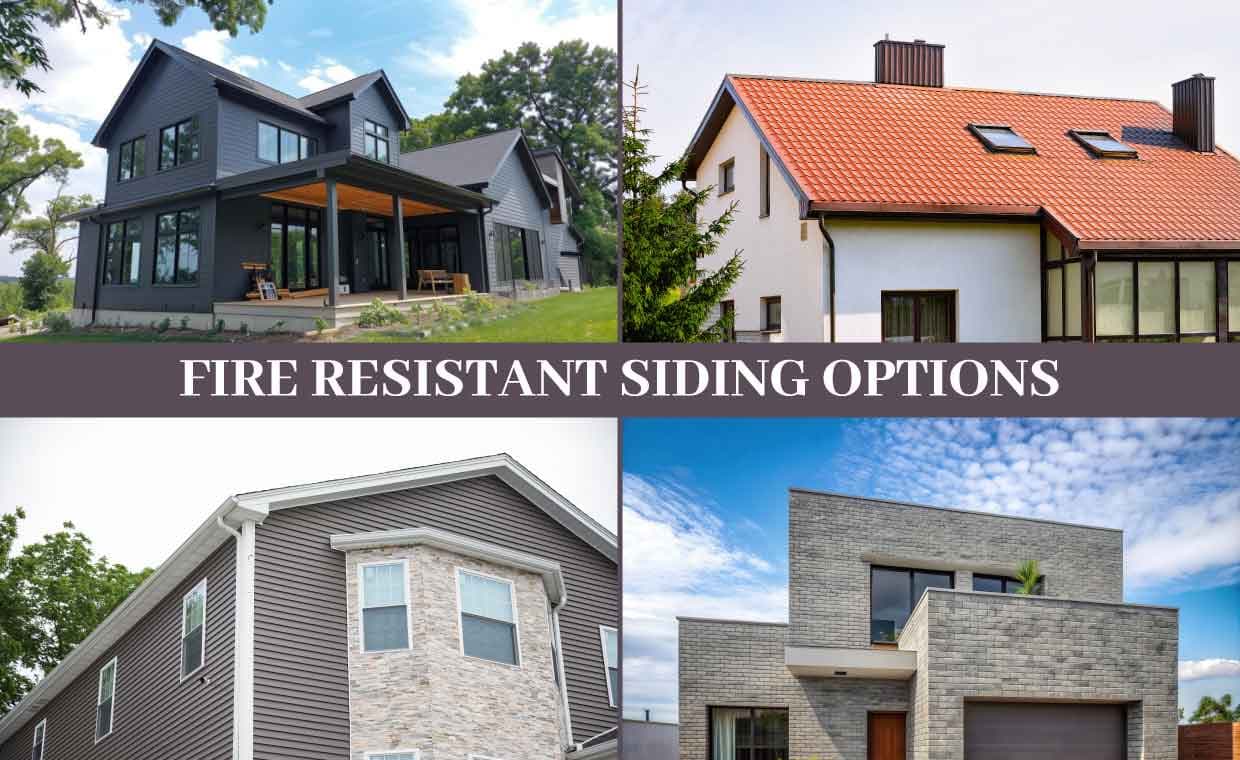
Table of Contents
Fire probably isn’t high on your list of worries, but with the increasing occurrences of wildfires, it’s always better to be prepared. Fire-resistant siding is one of the best ways to protect your home against wildfires. On top of slowing down the spread of fire, it’ll also safeguard against any accidental fires from embers, and could possibly even lower your home insurance premiums.
So really, there shouldn’t be any reason for you not to get fire-resistant siding unless you just can’t afford it. Ideally, you should also hire expert contractors like Dallas Siding Pros to ensure the installation is done properly and your home will remain guarded against fire properly. Now with that said, let’s get started on the various fire-resistant siding options there are in the market.
1. Fiber Cement

Fiber cement siding is an extremely popular choice for fire-resistant siding, and it’s no surprise given that it’s as fire-resistant as they get. Fiber cement has a Class A fire resistance rating, meaning it performs at the highest level in fire resistance tests. Materials with this rating are able to limit the spread of fire as well as any other material.
Not only will fiber cement never catch fire, but it’s also able to resist melting under very high temperatures. This is thanks to the cement and sand in fiber cement, both non-flammable materials that have high melting points. While there are cellulose fibers in fiber cement that are flammable, when combined with sand and cement, the resulting mixture is non-combustible.
Fiber cement is also extremely versatile and can mimic stucco, wood, and even stone. Add to that the fact that it’s super robust and long-lasting, and it’s not hard to see why it’s one of the most popular fire-resistant siding options.
2. Brick/Stone Veneer

Obviously, bricks and stones don’t ignite no matter how long they’re placed in fire. They also have high melting points, so like fiber cement; they have a Class A fire resistance rating. These sturdy materials have extremely long lifespans and don’t need much maintenance, so it’s no wonder they’re another commonly used fire-resistant siding option.
However, given their volume and weight, they’re heavier and harder to install, so there’s usually more upfront cost than fiber cement. Aesthetics-wise, they’re less versatile too.
3. Stucco

Next up is stucco. Stucco is cement-based, and cement, as we mentioned earlier, is non-combustible and has a high melting point. As such, stucco also has a Class A fire resistance rating when the layer applied is 1 inch or more.
Stucco is also commonly used in regions prone to wildfires. In terms of versatility, it’s even more versatile than fiber cement, allowing for more textures. Same as brick and stone veneer, stucco doesn’t require much maintenance and has a long lifespan. Cost-wise, it tends to cost around the same as fiber cement.
4. Metal

Have you ever seen metal on fire? Yeah, me neither. Needless to say, metal absolutely does not ignite under any circumstances. As you’d expect, it’s got a Class A fire resistance rating like the other options before it. Metal siding is becoming more and more common in fire-resistant homes nowadays.
Metal definitely doesn’t belong on traditional homes, which is why despite its fire-resistant properties, it’s not commonly seen. But in contemporary homes, metal brings a sleek, modern look, perfectly complementing modern contemporary homes.
It’s not just about the aesthetic though. You don’t ever see metal rotting or crawling with pests, do you? Metal is highly resistant to rot and pests, as well as moisture damage. Environment lovers will also be glad to hear that metal is recyclable, so it’s very eco-friendly. Having said that, metal does have its share of drawbacks. Metal, as is commonly known, is a good conductor of heat, meaning it can get hot or cold pretty fast without additional insulation and won’t do much to keep the heat out during summer, or the cold out during winter.
Metal also dents much more easily than most other siding options. This can be mitigated by using tougher metal alloys and adding a protective coating, but even then, it’s still more prone to denting than other materials.
As such, expect to have to perform repairs more often than with other materials. On the bright side, these repairs are usually minor and straightforward, so they won’t cost too much. Overall, metal is a strong choice for fire-resistant siding, especially for modern homes.
5. Concrete

Concrete, to no one’s surprise, is non-flammable and can resist high temperatures. As such, concrete, like the options before this, also has a Class a fire resistance rating. Similar to metal, you don’t see pests swarming to concrete and it doesn’t rot, so it’s highly durable and will last for many years to come.
In addition, while concrete in its natural form isn’t very visually appealing, it can mimic many textures, including brick, stucco, and even wood. Concrete is also very low-maintenance and can be made with recycled materials, so environment lovers needn’t worry about its carbon footprint. Concrete in its natural form isn’t a great insulator of heat, but additional components can be added to make it a good insulator.
The only issue with concrete is that it’s pretty heavy, which means it’s going to cost more to install and needs a strong base. However, even with higher installation costs, due to the cheap material costs, overall, concrete still usually tends to be friendlier on your wallet.
Conclusion
Many of the fire-resistant siding options are actually popular options already commonly used by homeowners without knowing they’re fire-resistant. So you’re honestly not sacrificing anything on the aethetics end and might even have ended up using one of these anyway. Fire-resistant siding can also get you discounts of up to 20% on your insurance premium, so even though options like vinyl may be cheaper upfront, you’ll be paying more for the insurance premium, and maybe lose your home to fire sometime down the line.
All in all, fire-resistant siding options can play a huge role in saving your home from fire, and their only drawback is price, which is mitigated on the insurance premium end. There’s really no good reason not to choose fire-resistant siding, so make sure to choose one of the options on this list for your home.
Also Read: Top 5 Steps to Take Immediately After a Fire_ A Guide for Cary Homeowners






